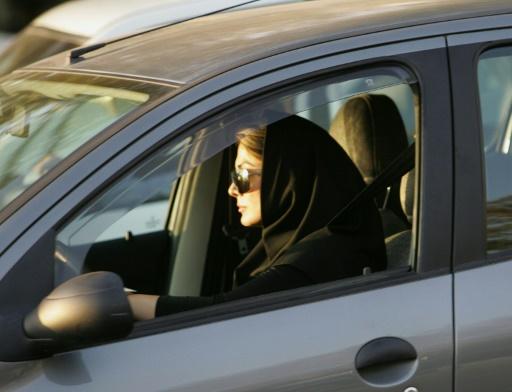
"Over the past eight months, more than 40,000 cases of bad hijab (headscarf) have been dealt with," said Brigadier General Teymour Hosseini, quoted by ISNA news agency.
"In most cases, the cars were impounded and cases were referred to the judiciary," he said, while some of the women stopped could face cash fines or warnings.
US high school students join Muslim peers in wearing hijabs
Police warned in November that women who fail to observe hijab, the mandatory Islamic dress code in Iran, while driving would have their cars impounded for a week.
The measure is part of a wider traffic police crackdown that could also see male drivers targeted.
When in public, all women in the Islamic republic, including foreigners, are required to wear at least a loose scarf covering the hair and neck.
Zara fires French employees for barring woman wearing headscarf
Since the mid-1990s, however, there has been an easing in the dress code.
Many women wear stylish and colourful coats and headscarves and often tight trousers instead of the traditional one-piece, head-to-toe black "chador".
Police patrols have kept up campaigns to enforce the law and authorities also use a network of "trustees" who inform on violations.
Post office worker arrested for spitting on hijab-wearing women
Other violations while driving -- not limited to women -- include carrying dogs, playing loud music, tinted glass on windows and "harassing girls on the streets", Hosseini said.
In September, a Tehran court fined two women $260 for violating the dress code by not wearing their hijabs properly on the street.










1732354127-0/Untitled-design-(3)1732354127-0-270x192.webp)






COMMENTS
Comments are moderated and generally will be posted if they are on-topic and not abusive.
For more information, please see our Comments FAQ